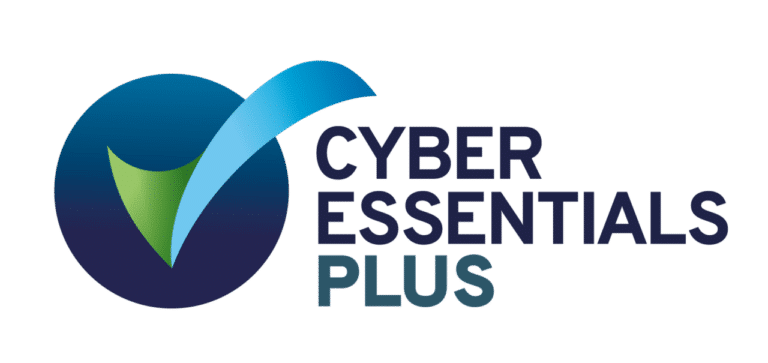Success is defined by the accomplishment of an aim or purpose. Therefore, success in the implementation of new legal tech means executing the integration of new technology into your business with high levels of adoption, increased efficiencies, and the achievement of project goals.
Getting started
Initially, the focus should be on working collaboratively as a team to understand the problems needing to be solved. Once defined, the problems can be prioritised and translated to key requirements before outlining a plan to identify a legal tech solution. Ideally, look for a highly configurable platform that solves the biggest and most compelling pain points.
New ways of doing things
This may require a shift in the thinking process. Instead of only looking through the eyes of the legal team, it is important also to consider your internal clients and stakeholders and their needs.
Looking at a problem from different viewpoints can help you refocus and distil the key issues that need solving and then explore ‘what is a solution?’.
Having this goal in mind assists everybody in understanding the path that must be travelled to obtain a positive outcome.
Challenges and solutions
When introducing new technologies into the legal function, the biggest challenge you may come across is the ‘this is how we’ve always done it’ sentiment. This, mixed with a bit of technology phobia, can cause a significant roadblock. One way to overcome this is by using the following approach:
- Talk with as many team members as possible. Uncover each individual’s professional requirements to perform their job effectively, concerns, and previous experiences. What are their pain points, and what does success look like for them?
- Compile this information together using the SWOT analysis to understand where barriers to success may lie
- Design a process flow based on existing business operations
- Challenge the process flow. Are the current approaches the most effective use of time? Do all members still need to be or are there new users who should be involved and are currently not? Is there a way to do things better?
- Develop a revised process flow based on business needs uncovered in the challenge stage. Allowing for open lines of communication to discuss each workflow’s pros and cons and expectations of the outcome. This is where productivity gains are achieved, and it’s when the magic happens
- Gain agreement
- Start implementation
- Remember to conduct a post-implementation review
This approach has been found to be the most successful. It supports collaboration and innovation by utilising the strengths of all involved parties to develop an overall solution that will help the organisation now and allow for future growth. By securing buy-in from all stakeholders, implementation has a higher success rate as everyone takes ownership of their ideas and will champion the process internally.
Hire an expert
High consideration should be given to utilising the talents of a legal operations professional as they have significant experience to bring to the table. One of their key strengths is that they are focused on looking for opportunities in systems and efficiencies that other people may not see.
Bring them into the conversation early and harness that knowledge.
Conclusion
Change can be confronting for some, but the right system, implemented the right way, will pay dividends for your legal team’s productivity and efficiencies. Reducing manual handling and automating repetitive tasks will free time to concentrate on the more important and profitable business requirements. The correct legal tech solution should assimilate the legal function into the organisation’s everyday operation so that it is no longer an afterthought but a key part of the business decision-making process.


